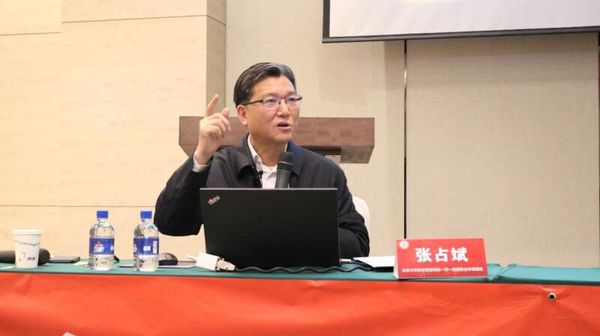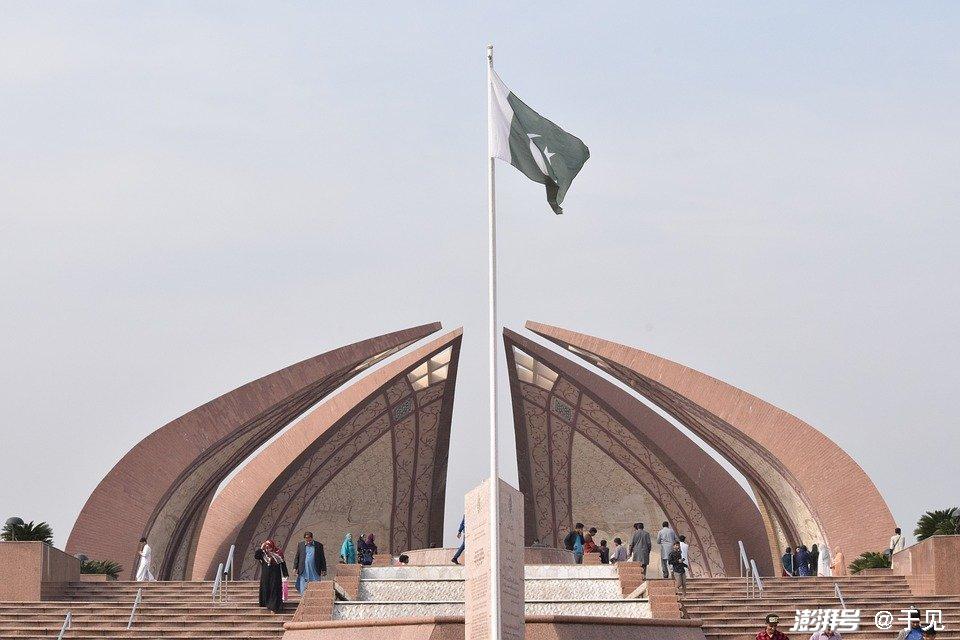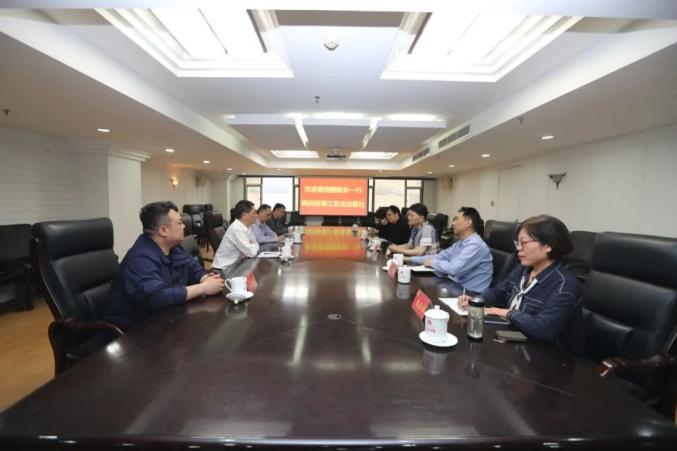"The Silk Road: How Was A Road To Rewrite The History Of Human Civilization Born? 》
"The Silk Road: How Was A Road To Rewrite The History Of Human Civilization Born? 》
Preface: A road connecting the world When we take the China-Europe Express today and watch the train full of cargo whistling by, we may not have thought that all this originated from the decision of a brave man more than 2,000 years ago. The birth of the Silk Road
Preface: A road connecting the world When we take the China-Europe Express today and watch the train full of cargo whistling by, we may not have thought that all this originated from the decision of a brave man more than 2,000 years ago. The birth of the Silk Road not only changed the process of Eastern and Western civilizations, but also created the first global trade network in human history.

1. Time background: The strategic dilemma of the Western Han Dynasty In the 2nd century BC, Emperor Wu of Han faced a huge threat: the Huns in the north continued to move south to invade. What is even more disturbing is that the Huns controlled the countries in the Western Regions and cut off the ties between the Central Plains and the West. Before Zhang Qian went to the Western Regions, the Han Dynasty's understanding of the western world was still at the stage of mythology and legend.
A chance news changed all this. The surrendered Huns revealed that there was a country called Dayuezhi west of the Hexi Corridor, which had a deep blood hatred with the Huns. Emperor Wu of Han was keenly aware that this might be the key to breaking the Huns' blockade.
2. Zhang Qian’s mission: A thirteen-year journey of life and death In 139 BC, the 27-year-old man Zhang Qian took over the scepter of Emperor Wu of Han and headed west with a mission of more than 100 people. No one would have thought that this mission would last 13 years and pay the price of sacrificing life.
The mission was captured by the Huns as soon as it left Longxi. Zhang Qian was detained for ten years, married and had children, but he always retained the scepter that represented the identity of the Han envoy. After finally finding the opportunity to escape, he did not return to Chang'an, but continued to travel westward and arrived in Dayuan, Dayuezhi, Daxia and other countries.
When Zhang Qian returned to Chang'an after great hardships, he and Tang Yifu were the only ones left in the mission. Although the mission of joining the Great Yuezhi to fight against the Huns was not completed, he brought back an extremely precious map and experience of the Western Regions.

3. The Silk Road is opened: Emperor Wu of Han’s grand layout Relying on the information provided by Zhang Qian, Emperor Wu of Han launched three battles in Hexi and finally opened up the corridor to the Western Regions. In 119 BC, Zhang Qian went to the Western Regions for the second time. This time he brought a delegation of 300 people, tens of thousands of cattle and sheep, and a large number of silk and gold coins.
The real turning point occurred in 60 BC. Emperor Xuan of Han established the Western Regions Protectorate and officially included the Western Regions in the territory. The business road from Chang'an to the Mediterranean coast was opened, forming a complete main road of the Silk Road:
· Eastern Section: Chang'an to Yumen Pass
· Middle section: Yumen Pass to Congling
· Western Section: Pamir to Roman Empire
4. Civilized exchange: Unexpected harvest The Silk Road brings far more than silk trade:
1. Species transmission: grapes, alfalfa, walnuts, etc. were introduced to the Central Plains; peaches, pears, etc. were introduced to the West
2. Technical exchange: China's iron smelting and well-drilling technology spread westward; Western glass manufacturing technology spread eastward
3. Religious spread: Buddhism was introduced to China through the Silk Road, and Christian Nestorians also spread east along the Silk Road.
4. Art Fusion: The flying image in Dunhuang murals, which combines Indian, Persian and Chinese art styles
It is particularly worth mentioning that the "Five Stars Out of the East and Benefiting China" brocade unearthed from the Niya site in Xinjiang in 1995, weaving Han Li's text in five colors, which can be regarded as a perfect witness to the material and cultural exchanges of the Silk Road.
5. Historical significance: Rewriting the process of world civilization from a more macro perspective, the Silk Road:
1. For the first time, the civilization interconnection of Eurasia has been realized
2. Promoted the rise of international metropolis such as Chang'an and Baghdad, Arabia in the Tang Dynasty
3. It has promoted the development of navigation technology and indirectly promoted the era of navigation
4. Lay the foundation for the modern world economic and trade system
In 2014, China's "Belt and Road" initiative was a modern inheritance of the ancient Silk Road spirit. From the gust of camel bells to the roar of the train, exchanges and cooperation across thousands of years are still continuing.

Conclusion: The never-ending dialogue on civilization stands on the Jiayuguan city tower and looks out, as if you can still see the caravan back then. This road across deserts, snow-capped mountains and grasslands not only transports goods, but also conveys the spark of civilization. Today, when we talk about globalization, the first version of the Silk Road was actually written more than 2,000 years ago. #History Cold Knowledge##History##Silk Road#





